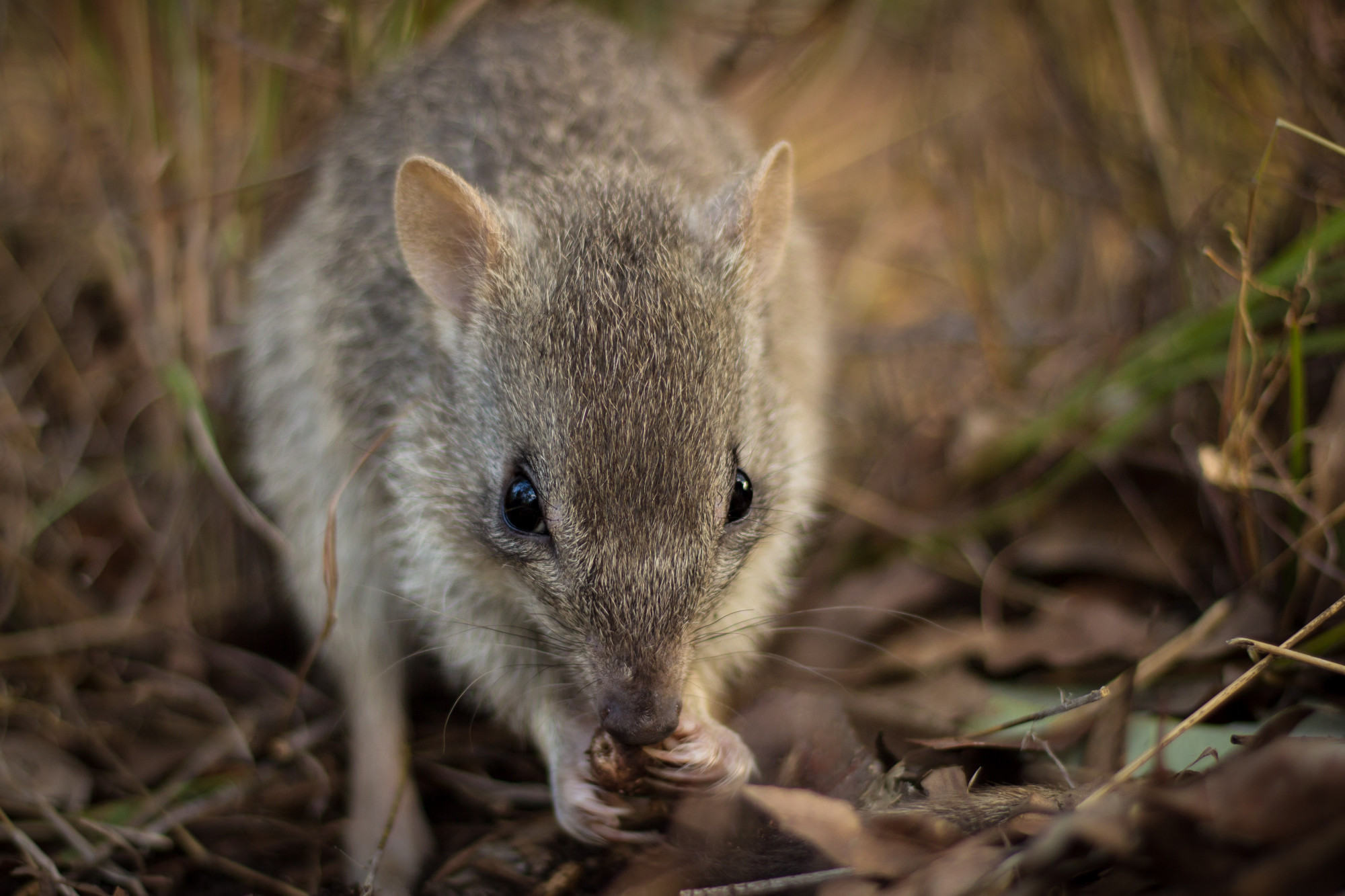General News
12 January, 2021
New project helps endangered Northern Bettong
The Wet Tropics’ endangered Northern Bettong will now be better-protected thanks to a new project that was announced last month.

The Wet Tropics’ endangered Northern Bettong will now be better-protected thanks to a new project that was announced last month.
With only an estimated 1000 Northern Bettongs remaining, Far Northerners are banding together to help the elusive marsupial which is only found around the Tablelands and is known for its love of native truffles.
The $170,000 project, funded by the Australian Government, aims to improve habitat for northern bettongs outside of national parkland.
Terrain NRM said activities would include cool burns by traditional owners in Northern Bettong habitat and work with landholders on land management practices in potential bettong areas.
Terrain NRM will also be working with the Northern Bettong Recovery Team including James Cook University researchers, Queensland Parks and Wildlife officers, the World Wildlife Fund, Bush Heritage and the Australian Wildlife Conservancy.
Recovery Team Chair Sandra Abell said the project “filled a gap” in the recovery of this species.
“The focus has largely been on protected areas like in national parks,’’ Dr Abell said. “Getting landowners involved will be a huge step towards potentially increasing bettong habitat.”
She said the Northern Bettong population had dramatically declined over the past 20 to 30 years. The only known populations now were in the Lamb Range and Mt Spurgeon areas.
“Their habitat is very restricted – in some places it is only 6km wide,’’ she said. “Bettongs need cockatoo grass, especially in the dry season, and activities like cool burns help to stop woodlands from thickening and maintain grassy understoreys.”
A Terrain NRM spokesperson said that the Bettongs mainly feed on truffles, which grow underground, connected to the roots of large trees
“They rest through the day on nests made of grass, leaves and bark, which they carry to the nest site in their tail,” they said.
“They help the forest by spreading the spores of truffles around with their droppings.
“They make spitballs out of undigested grass and these help researchers to track their movements.”
The new project is supported by Terrain NRM through funding from the Australian Government’s National Landcare Program.


